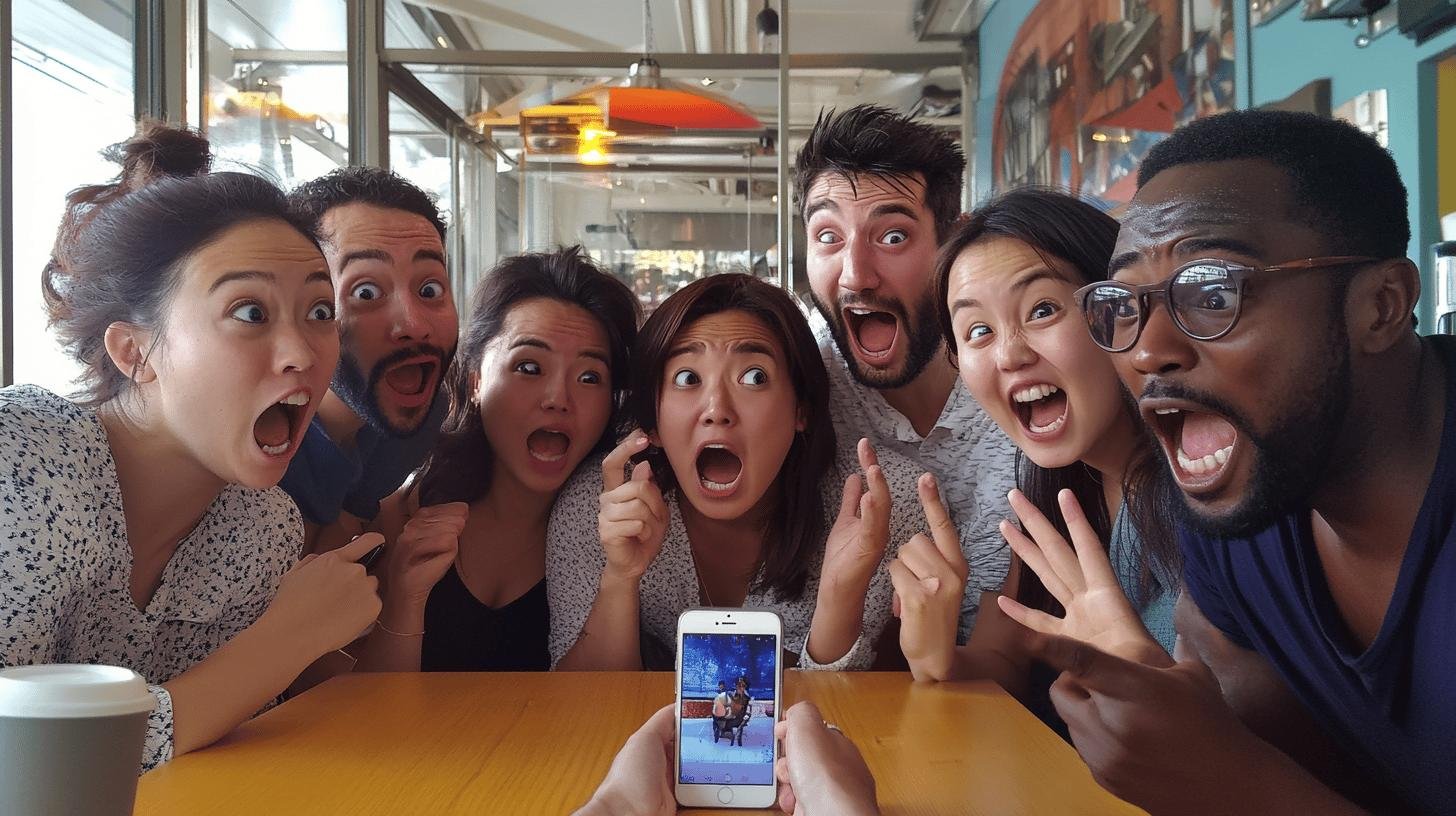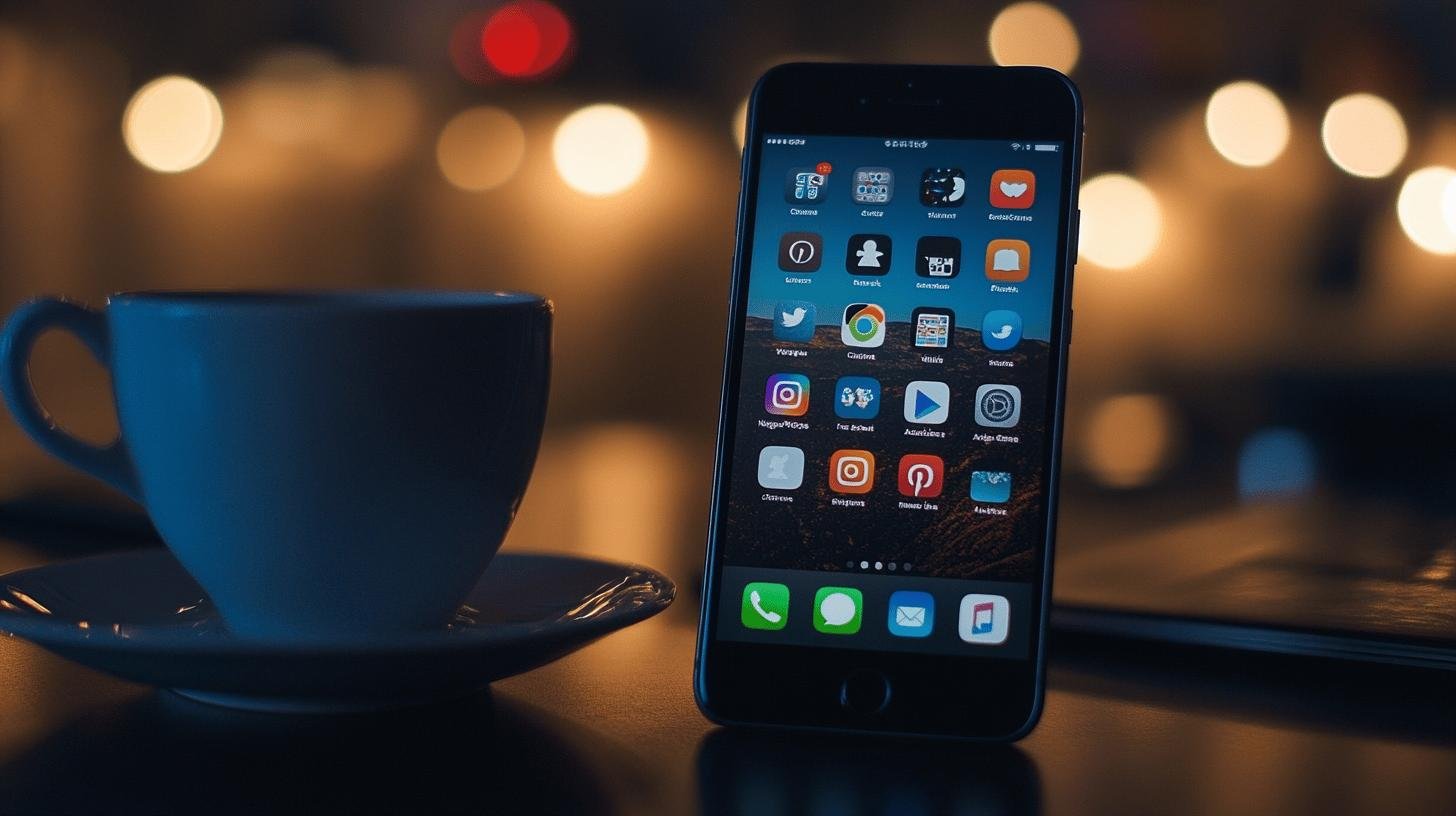Is a picture worth a thousand words? In the world of social media, it seems so! Photos, graphics, and memes aren’t just pretty to look at—they’re crucial for grabbing eyeballs and keeping your audience hooked. Visual content makes up 91% of what consumers love, showing just how important it is. In this guide, we’ll dive into what social media imagery means and why it’s the not-so-secret sauce in capturing hearts online. Ready to level up your digital game? Let’s get visual!
Understanding What is Social Media Imagery
What is social media imagery? It includes all the exciting pictures and visuals you see on platforms like Instagram and Facebook—photos, graphics, illustrations, and more. It’s a feast for your eyes! These elements make your social media feeds vibrant and engaging. They catch attention and tell stories without words.
Why is visual content so crucial? Well, 91% of people prefer visuals over text. That’s significant! Images grab attention faster than words, making them highly effective for engaging consumers. Your brain processes images much quicker than text, so a good picture can make viewers stop scrolling and start interacting. It’s like a friendly face waving you over in a crowd.
How can businesses use this to their advantage? By using social media imagery, they can enhance their marketing. Whether it’s showing a new product or sharing a team’s behind-the-scenes, visuals make your brand relatable and memorable. They help you stand out amidst countless posts. Think strategically about your visuals to create a robust brand identity.
- Photos
- Graphics
- Illustrations
- Videos
- Memes
Importance of Images in Social Media

Ever wonder why you’re drawn to certain social media posts? It’s the magic of images! They capture attention like a magnet, pulling you in before you realize it. With vast online content, eye-catching visuals ensure your post doesn’t blend into background noise. A striking image boosts engagement, making your audience more likely to interact, comment, or like. It’s like wearing your best outfit on a night out to stand out and impress!
Now, let’s discuss emotions. Images connect to feelings in a unique way that words often can’t. They can evoke joy, surprise, sadness, or even disgust. This emotional connection makes them powerful tools for forging deeper connections with your audience. When people feel something, they’re more likely to remember and engage with your content.
- Joy
- Surprise
- Sadness
- Anger
Best Practices for Effective Social Media Visuals
What is social media imagery – optimize visuals for different platforms? To ensure they look great everywhere! Instagram, Facebook, and Twitter each have their own style and size requirements. Ignoring these can lead to weird cropping or pixelation. It’s like trying to fit a square peg into a round hole—it just doesn’t work! Customize your visuals so they shine on each platform, capturing attention and keeping your brand professional.
Ever heard of visual storytelling? It’s the art of conveying stories through images. Instead of lengthy paragraphs, a series of pictures can create engaging and memorable narratives. Think of it like a comic strip, where each image adds to the story, keeping your audience interested. It’s a clever way to communicate messages or emotions that words might miss, making your content more shareable and memorable!
Consistency is key in visuals because it builds brand identity and trust. When your audience sees your consistent style and colors, they recognize and relate to your brand instantly. It’s like wearing a uniform that says, “Hey, it’s us!” A consistent look across posts reinforces your brand message, making you memorable in a crowded content space.
- Use high-quality images
- Maintain consistency in style and color
- Optimize images for different platforms
- Engage in visual storytelling
- Use analytics to measure performance
Platform-Specific Social Media Image Sizes

Ever wonder why your images look perfect on one platform but not on another? Each social media site has its image size requirements. Adhering to these dimensions ensures your visuals appear sharp and professional everywhere. It’s like wearing the right shoe size—they fit and look better! When you use the correct size for Facebook or Instagram, your images display properly, maintaining a polished brand image.
What happens if you ignore these size guidelines? That’s when cropping and pixelation become issues, and they’re not pretty! Cropping might cut off vital parts of your image, leaving it incomplete. Pixelation makes images blurry and unprofessional, like watching a movie through a foggy window—not a great experience! To avoid these problems, always check the recommended sizes before uploading images. This way, your visuals will shine, grabbing everyone’s attention.
Creative Imagery Strategies in Social Media
How can you keep your social media content fresh and engaging? Through creative imagery strategies! One exciting method is storytelling with photos, using a series of images to tell a story. Think of each photo as a page in a book, captivating your audience. Thematic campaigns are another effective approach. These involve creating visuals around a central theme or event to craft a cohesive narrative. Think of it like a mini-series on Netflix, each post building on the last to keep followers engaged.
Why is user-generated content a big deal? Because it’s authentic and relatable! When your audience sees real people using your products, it feels genuine. This boosts trust and engagement. Interactive imagery is another powerful tool, encouraging followers to interact, like polls or quizzes. Imagine a photo asking, “Which flavor should we launch next?” and letting your audience vote. This not only increases engagement but also makes your audience feel heard and valued.
- User-generated content
- Behind-the-scenes images
- Thematic storytelling
- Interactive imagery
Avoiding Common Mistakes in Social Media Imagery

What are common mistakes in social media imagery? Top of the list is using incorrect image sizes and low-resolution images. These technical errors can make your brand look amateurish. You want visuals crisp and clear, right? If not sized correctly, they could be cropped or blurry. This results from ignoring platform-specific guidelines. Every social media platform has its image dimensions to ensure visuals look perfect. It’s like trying to fit a square peg into a round hole—it just doesn’t work!
Now, let’s cover the legal side. How can you avoid copyright issues with images? Ensure you have the right to use every image you post. Copyright violations can lead to legal troubles. Always check if images are free to use or need permission. Getting consent is crucial, especially when featuring people. Without it, you might face privacy issues. Think of it as respecting someone’s personal space—it’s the right thing to do!
- Using incorrect image sizes
- Neglecting mobile optimization
- Overlooking copyright laws
- Failing to maintain brand consistency
Conclusion
Social media imagery is all about creating a visual impact that clicks with your audience. By understanding its components and power, you’re on your way to making those precious connections. From using images to boost engagement to mastering platform-specific sizes, each step brings you closer to visual storytelling mastery.
Creative imagery strategy and avoiding common pitfalls help you stand out. Remember, images aren’t just decoration; they’re a crucial part of your story. Embrace “what is social media imagery” like a pro and watch your online presence shine!
FAQ
What is social media imagery?
Social media imagery includes photos, graphics, illustrations, videos, and memes used on platforms to communicate visually.
How do you describe images on social media?
Images on social media are described as visual content like photos and graphics that convey emotions and messages quickly.
What is social media imagery used for?
It’s used to attract and engage audiences, enhancing marketing strategies and boosting consumer interaction.
What is social media imagery called?
It’s commonly referred to as visual content, encompassing all types of images and graphics shared on social platforms.




